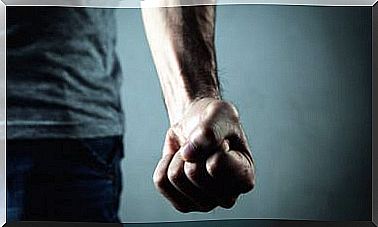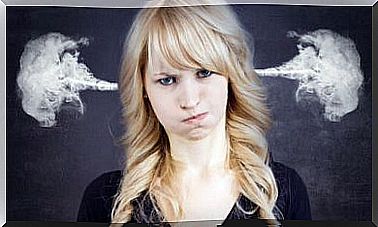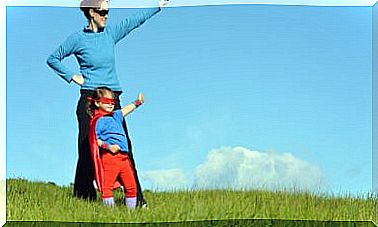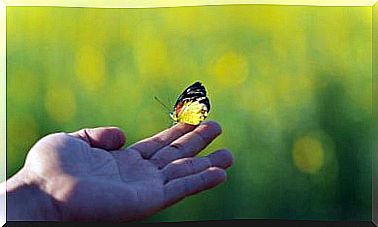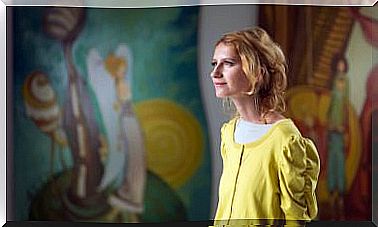Fears That Hide Behind Disorder

There is a whole set of fears that hide behind disorder. Carelessness with the order of things is much more than lack of time or negligence. The environment, or outer context, turns out to be a projection of our inner world. Therefore, clutter also communicates a lot on its own.
Disorder is almost always associated with another phenomenon: accumulation. When there are few things, hardly a space looks cluttered. On the other hand, when we accumulate different objects, it begins to take time to put them in their place, clean them or open a space where they do not get in the way.
At the same time, without realizing it, we tend to concentrate chaos in certain spaces of the house. This also has a meaning, which is almost always related to some form of fear. Let’s see what are those fears that hide behind disorder. However, before this, let’s examine the phenomenon of hoarding a bit.
The different types of accumulation
Accumulation is the first step towards disorder. It seems trivial, but in reality, it is a very telling expression of what we carry inside. It is said that there are basically two types of accumulation: the old and the current.
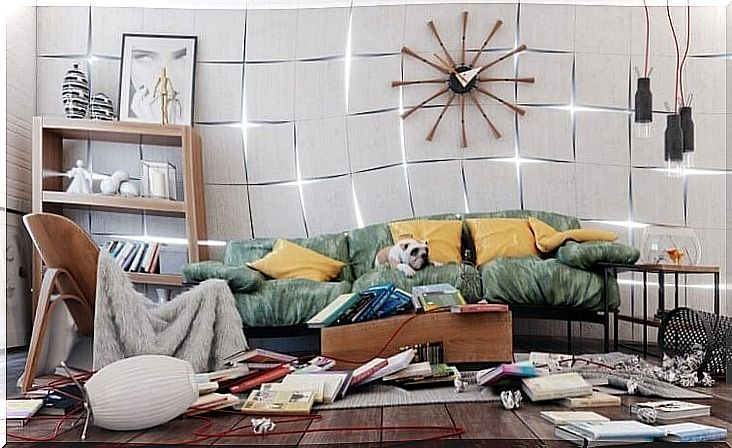
The old accumulation has to do with all those objects that, supposedly, have a great value for us. That is why we have decided to keep them, although sometimes we do not have space for it. When there is something more in the background, we end up saving objects that have no greater value . Garbage even, because we give it a special value.
The current accumulation, on the other hand, refers to all those everyday objects that we use, but that we do not put back in their place. Clothes, toiletries, toys, papers, or anything that we remove from your site and then leave it there. We don’t find the time to organize this and then we form piles of things, without any harmony.
Hoarding, of both kinds, also reflects those fears hidden behind disorder. In the case of old accumulation, it has to do with the fear of letting go of the past. There is fear of assuming the new and the old, instead, it gives a sense of security. In the current accumulation what there is is dislike for something that happens in the present and that we are afraid to face.
The fears behind the clutter
As we explained earlier, the sites where chaos is concentrated speak about those fears that lie behind the disorder. It is not the same that there are a lot of objects stacked in the kitchen, that they are scattered in the living room.
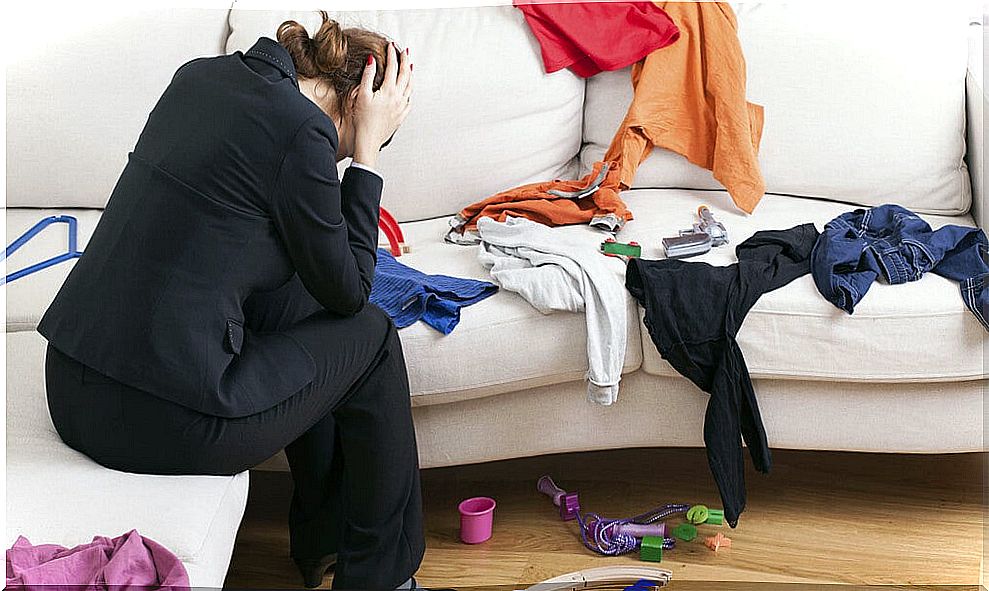
Let’s see the main meanings of this:
- Concentrated clutter in the kitchen speaks of emotional fragility or resentments that cannot be overcome.
- When chaos is concentrated behind doors, it means that there is a fear of being rejected by others, or that there is a feeling of being watched.
- If the disorder is at the entrance of the house, it assumes that there is fear of relating to others.
- When there are too many objects stacked in the garage, it implies fear of the novelty.
- The clutter in the corridors speaks of difficulties in communicating what one thinks and feels.
- When there is disorganization in the dining room, it means that the family has too much influence and wants to control its members.
- The disorder in the whole house speaks about apathy, anger towards life and laziness towards oneself.
- Disorganized objects in the room signify fear and refusal to establish relationships with others, or to open up to the world.
Other clutter sites
If a relationship is established between disorder and fear, it is because, in this case, the objects play the role of “smoke screen”, or barrier that serves to cover up. What are they hiding? Fears Disorganization is an expression of wanting to hide, or lose sight of something.
Other fears that lurk behind clutter can also focus on the furniture. If you concentrate on your desk or workplace, it brings frustration and a hidden desire to want to control everything. If everything is hidden under furniture, speak out of fear of the opinion of others.
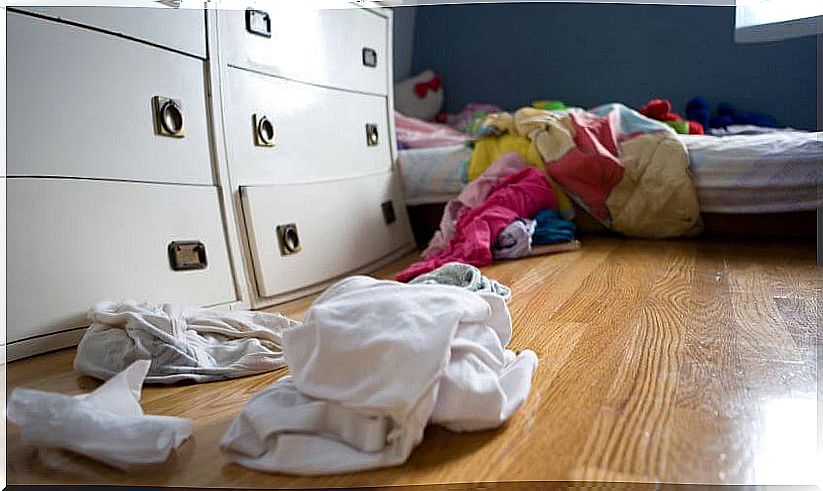
Beyond any meaning, the truth is that constant disorder is something that can become an obstacle. It is good that from time to time we let go of what can be left behind. It is also good that we periodically clear our spaces. It is always better to walk lighter and clean everything that hinders mobility.

